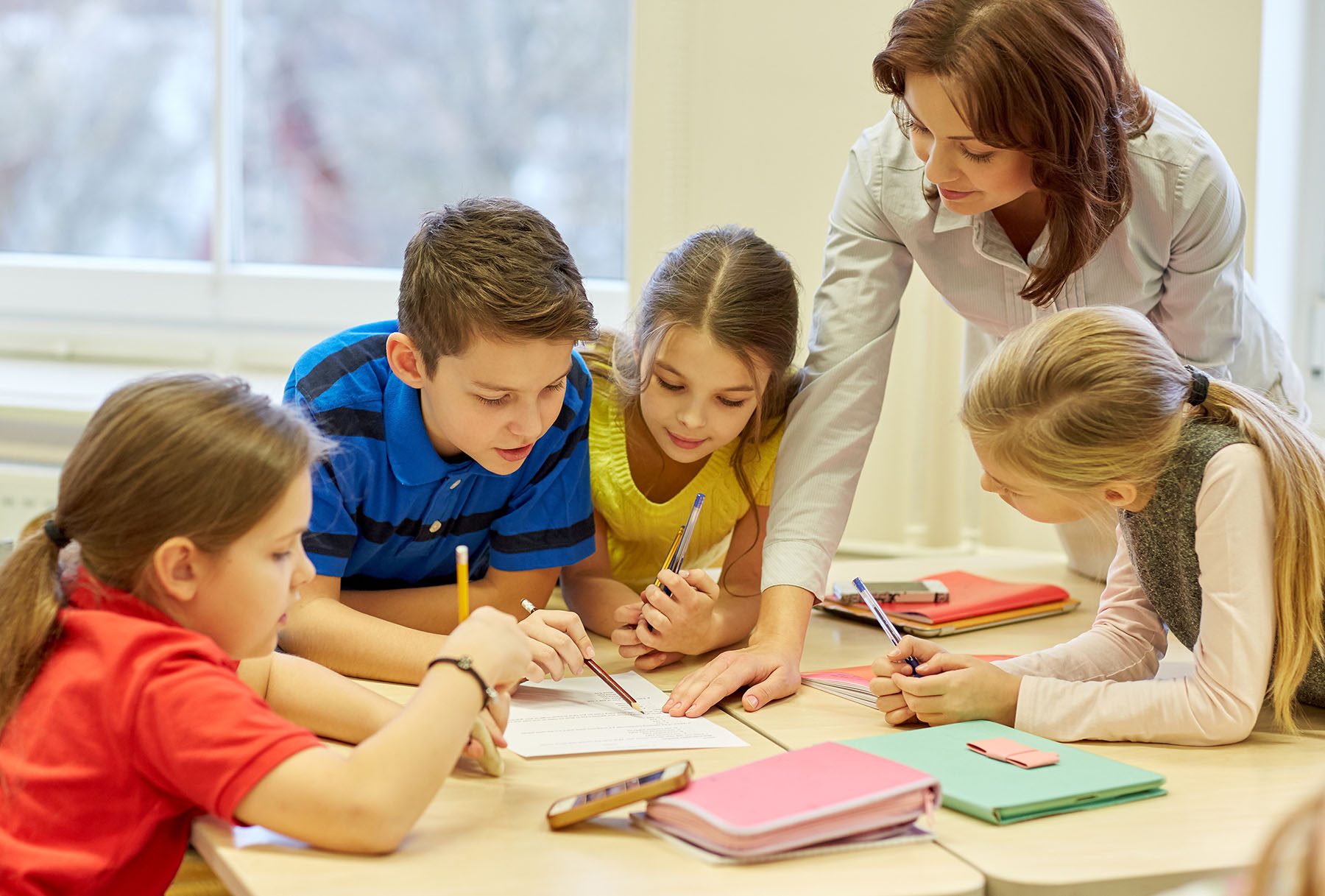As educators, we hear and learn all types of instructional strategies to support student learning. Something we may not be aware of is how these strategies align with the various phases of learning. Visible Learning research has introduced three phases of learning: Surface, Deep and Transfer.
Read on to learn about each phase and the high-impact strategies that support them.
Surface Learning
Surface learning is the foundation for all other learning. It’s the skills and concepts students learn initially to then apply that learning. However, surface learning is not superficial learning. It’s incredibly important and impactful to student success. Surface learning is critical because it provides a foundation on which to build as students are asked to think more deeply.
Take for example, the surface learning of the skill and concept of division. We introduce the concept as repeated subtraction, a known concept, then lead to the skill of long division. Or when an ELA student is learning the skill of making inferences while reading, they are performing at the surface level. They are learning what an inference is and providing examples and non-examples through modeling. There are strategies that specifically support surface learning, and we want to leverage those strategies at the appropriate phase of learning.
In addition, John Hattie’s research gives us the effect size, or magnitude of impact for each instructional strategy we use in the classroom. Recall that an effect size of .40 equates to one year of learning over one year. Therefore, if a strategy holds an effect size of .80 that equates to two years of learning over a one-year period.
Strategies that support surface learning include:
- Spaced practice: the introduction of a skill with some short practice, a day or two break, then more practice and a spiraling approach to the skill development.
- Mass practice: teaching a concept then practicing over and over until mastery occurs.
Mass practice is not as effective, but spaced practice is very effective with an effect size of .65. Phonics and vocabulary programs are highly impactful strategies for surface learning, as well. Find a comprehensive table of high impact strategies below.
Deep Learning
At the deep level of learning, students see connections, relationships and schema between ideas and learn to organize skills and concepts (Hattie, 2018). In this phase of learning, students are interacting with peers, explaining their thinking, justifying their answers, and gaining those “aha” moments.
That student who has learned division can now apply that skill to a real-world problem. She can justify her thinking and speak about her thinking to a peer. The student who learned the skill of making inferences can now integrate it with other skills such as vocabulary, predictions and critical reading. It’s the integration of skills that signify deep learning.
When we ask students to build connections and articulate those relationships, we are advancing to deep learning. Keep in mind that deep learning requires surface learning. Without the necessary knowledge of the skills and concepts, those connections and integration of ideas cannot be achieved. Strategies that support deep learning include:
- Class discussion
- Reciprocal teaching
- High-level questioning
Transfer Learning
Transfer learning is achieved when the student begins to apply their knowledge to new and unique learning situations. When students reach the level of transfer learning, they are OWNING the skill and concept. They have internalized that skill to the point of automaticity. The point of all learning is transfer learning.
For the student who is learning the skill of division, transfer learning represents their ability to use the skill of division on the iLearn Performance Task. Those tasks are unique problem-solving situations where students must possess the skill enough to know how to apply it. For the student who has learned to make inferences, she is able to use the habit to process reading in a variety of genres and text types. She is able to apply the skill with a sense of automaticity and complexity in texts.
Strategies that support transfer learning include peer tutoring. If a student can teach another student a skill, they have taken ownership of that skill. Self-regulation and metacognitive strategies also support transfer learning. When a student can think about their thought process and share it with others, they have reached transfer learning.
When we approach learning and teaching in these sequential phases, we help students develop not only the skills and concepts but also the ability to use that knowledge across content areas and in life. We teach them to become lifelong learners.
Take a look at some additional strategies aligned with each phase of learning. This table was produced by John Almarode and Connie Hamilton, both Visible Learning authors. For a glossary of the instructional strategies and their effect sizes, use the Hattie Glossary found here.

Resources
Please login or register to claim PGPs.
Alternatively, you may use the PGP Request Form if you prefer to not register an account.



